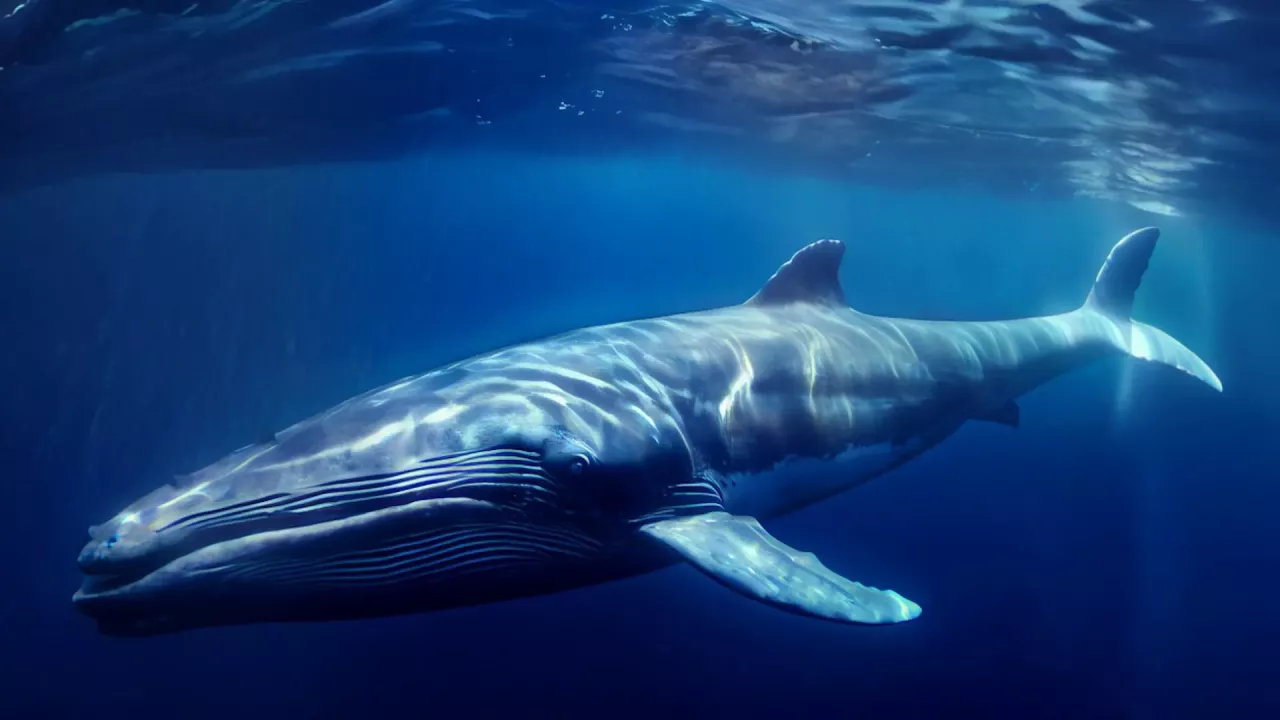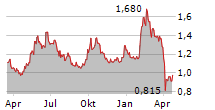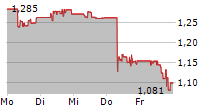
Groundbreaking project uses Lenovo spatial computing with AI-generated content to digitally resurrect three iconic species.
NORTHAMPTON, MA / ACCESS Newswire / January 23, 2025 / On November 9, Lenovo, in collaboration with the Shanghai Natural History Museum, launched the "Awakening Earth's Majestic Creatures with AI" digital exhibition. This groundbreaking project uses Lenovo's proprietary spatial computing with AI-generated content (AIGC) technology to digitally resurrect three iconic specimens from the museum: the Yangtze River Baiji dolphin, the fin whale, and the mammoth. Visitors can immerse themselves in a VR experience, exploring the lifelike depictions of these majestic creatures in custom-themed environments, enhancing the educational and interactive aspects of the museum visit.
The story behind these iconic specimens
The selection of these iconic creatures-Qiqi the Baiji dolphin and the stranded fin whale-was driven by their remarkable histories and the emotional impact they leave behind.
On July 14, 2002, the world bid farewell to Qiqi, the only successfully captive-raised Baiji dolphin. A 25-year-old male, Qiqi passed away at the Institute of Hydrobiology of the Chinese Academy of Sciences. Measuring 2.07 meters and weighing 98.5 kilograms, Qiqi was a unique ambassador for his critically endangered species.
Baiji dolphins, native to China's Yangtze River, are among the rarest aquatic mammals, with fewer than 100 individuals remaining in the wild. Captured by fishermen in 1980, Qiqi spent nearly 23 years in captivity, providing invaluable data that advanced global knowledge of freshwater cetaceans. His story attracted visitors and media worldwide, raising awareness about the plight of his species.
Meanwhile, another unforgettable story unfolded on March 20, 2017, when a stranded fin whale was discovered at the confluence of the Yangtze River and Hangzhou Bay. This incident attracted widespread attention, as the whale's unusual location sparked a deep public interest. Over the next three and a half years, the Shanghai Natural History Museum meticulously cleaned, degreased, and mounted the whale's skeleton. Today, the 22-meter-long male fin whale stands as the longest fin whale skeleton in China.
AI enhances museum experience
These stories are not just about loss-they are about preserving the legacies of these magnificent creatures. The exhibition brings the stories to life through immersive VR experiences. Technology transports visitors to the depths of the ocean, the flowing waters of the Yangtze River, and the icy realms of the past, where they can witness these majestic creatures in their natural habitats.
Lenovo carefully designed three major themes for this digital showcase:
The Yangtze River Dolphin - The Vanished Goddess of the Yangtze
The Fin Whale - The Deepest-Dwelling Giant Mammal
The Mammoth - A Beast from the Ice Age.
For example, the fin whale exhibit allows visitors to dive deep into the ocean and swim alongside the largest mammal on Earth, uncovering its migration patterns, feeding, and reproductive behaviors.
'AI + Culture'
Lenovo harnessed the power of AI to digitally "revive" Earth's majestic creatures, creating lifelike experiences that allow audiences to explore these animals as they once were. This was made possible through high-precision scans of the three specimens, combined with AI algorithms and manual restoration techniques, which helped create accurate digital models. This innovative approach not only preserved the creatures' physical characteristics but also brought their stories to life, making the experience both educational and emotionally engaging.
The spatial computing with AIGC technology used in this project takes things a step further, processing large datasets quickly to create high-quality 3D models and interactive experiences. Lenovo is a pioneer in integrating spatial computing with AIGC, creatively transforming cultural heritage and paving the way for future innovation.
Mao Shijie, Vice President of Lenovo Group and Head of Lenovo Shanghai Research Institute, said, "As new technologies like AI continue to evolve, the fictional worlds of sci-fi are now becoming a reality. AI advancements are breaking down barriers to knowledge, allowing more people to directly experience and understand biodiversity. This 'Awakening Earth's Majestic Creatures with AI' digital exhibition project is our new attempt at expanding 'AI + Culture' applications."
Through this groundbreaking digital project, Lenovo demonstrates the potential of blending cutting-edge technology with the protection of the planet's biodiversity. The "Awakening Earth's Majestic Creatures with AI" exhibition serves as a powerful call to action-inviting the world to join the movement for biodiversity conservation, while envisioning a future where humanity and nature coexist in harmony.

View additional multimedia and more ESG storytelling from Lenovo on 3blmedia.com.
Contact Info:
Spokesperson: Lenovo
Website: https://www.3blmedia.com/profiles/lenovo
Email: info@3blmedia.com
SOURCE: Lenovo
View the original press release on ACCESS Newswire



